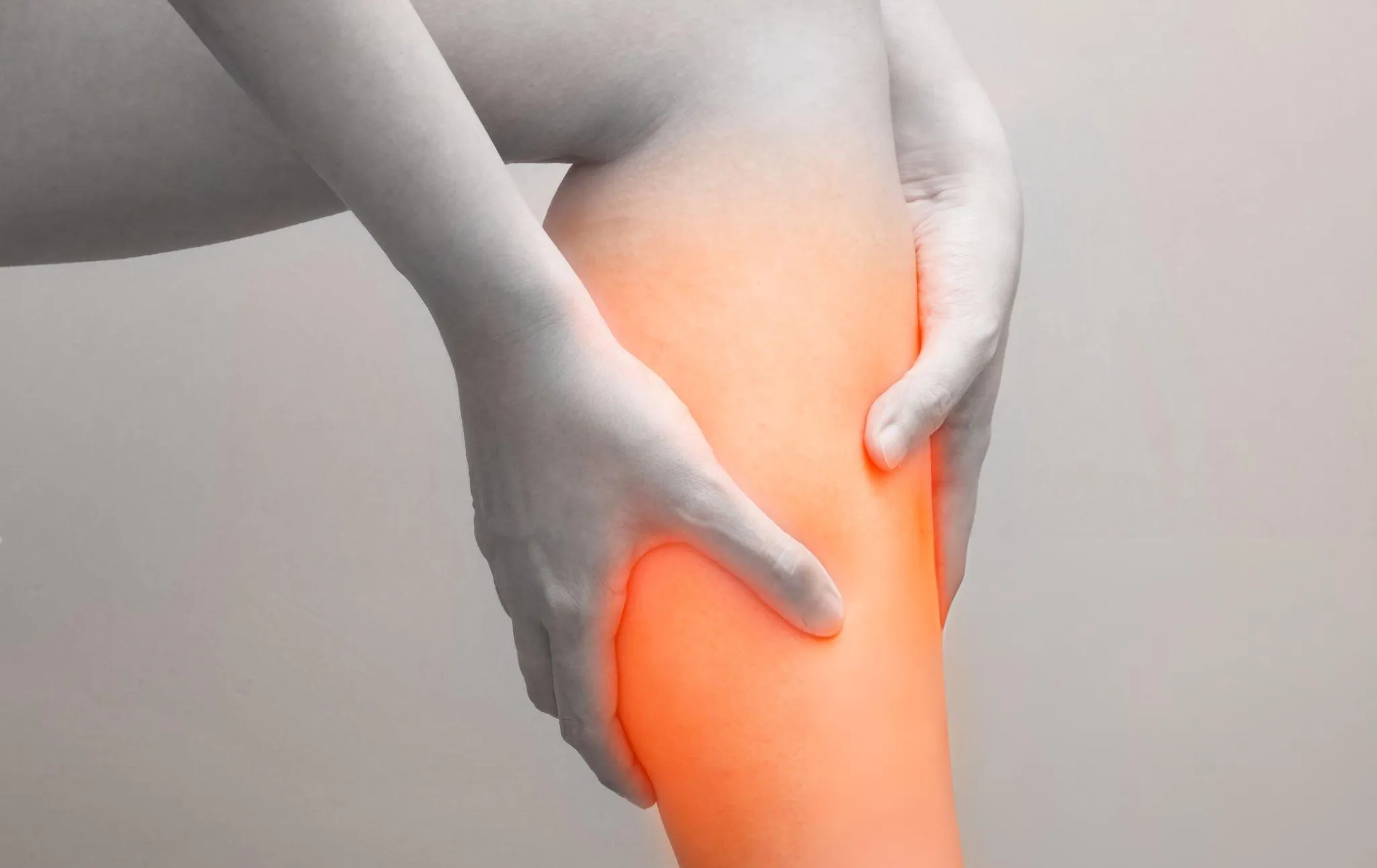Lower back pain is a common ailment that can disrupt daily life and affect overall well-being. Whether you’re experiencing acute discomfort or dealing with chronic issues, finding effective solutions for lower back pain is crucial. While there are various causes of lower back pain, physical therapy has emerged as a highly effective method for managing and reducing this discomfort. In this article, we will explore what lower back pain is, the different factors that can contribute to it, and how physical therapy can play a pivotal role in alleviating and preventing lower back pain.
Understanding Lower Back Pain
Lower back pain, also known as lumbar pain, is discomfort or pain that occurs in the region between the ribcage and the pelvis. It is one of the most common musculoskeletal problems worldwide, affecting people of all ages. Lower back pain can range from mild, occasional discomfort to severe, chronic pain that significantly impairs a person’s quality of life.
Causes of Lower Back Pain
- Muscle Strain: Overexertion, poor posture, or lifting heavy objects incorrectly can strain the muscles and ligaments in the lower back, leading to pain.
- Herniated Disc: A herniated or ruptured disc can cause pressure on nearby nerves, resulting in lower back pain. Discs act as cushions between the spinal vertebrae and can become damaged over time.
- Spinal Stenosis: This condition occurs when the spinal canal narrows, placing pressure on the spinal cord and nerves. It often leads to lower back pain, especially in older adults.
- Arthritis: Osteoarthritis and other forms of arthritis can affect the lower back by causing inflammation and joint degeneration.
- Sciatica: Sciatica is a specific type of lower back pain caused by compression or irritation of the sciatic nerve, which runs down the back of the leg.
- Structural Issues: Congenital spine abnormalities or other structural issues can contribute to chronic lower back pain.
How Physical Therapy Can Help
Physical therapy is a non-invasive and evidence-based approach to managing lower back pain. It focuses on improving the strength, flexibility, and functionality of the musculoskeletal system, targeting the root causes of pain. Here’s how physical therapy plays a crucial role in lower back pain management:
- Personalized Treatment Plans: A physical therapist will conduct a thorough evaluation to understand your specific condition, pain triggers, and limitations. This information helps create a personalized treatment plan tailored to your needs.
- Pain Relief: Physical therapists use various techniques, including manual therapy, to alleviate acute pain and discomfort. These techniques can include joint mobilization, soft tissue manipulation, and modalities like heat or ice.
- Improved Posture and Body Mechanics: Physical therapists educate patients about proper body mechanics and ergonomics. Learning how to sit, stand, and move correctly can significantly reduce the risk of future lower back pain episodes.
- Strengthening Exercises: Targeted exercises are a core component of physical therapy. These exercises help build strength in the core, lower back, and supporting muscles, which can stabilize the spine and reduce pain.
- Flexibility and Mobility Training: Stretching and range of motion exercises help improve flexibility and mobility in the lower back and surrounding areas, reducing stiffness and discomfort.
- Patient Education: Physical therapists empower patients with knowledge about their condition and teach them self-management techniques. This education includes strategies for pain management at home and the prevention of future episodes.
- Progressive Rehabilitation: As patients progress, physical therapists adjust their treatment plans accordingly. The goal is to gradually increase strength and function while minimizing pain.
- Preventative Measures: Physical therapy not only addresses existing pain but also focuses on preventing future episodes. By learning proper techniques and exercises, patients can reduce the risk of recurrent lower back pain.
- Avoiding Surgery: In many cases, physical therapy can effectively manage and resolve lower back pain without the need for surgery. This non-invasive approach is often the first line of treatment recommended by healthcare professionals.
Conclusion
Lower back pain can be a debilitating condition, affecting your daily life and overall well-being. Understanding the various causes of lower back pain is essential, as it allows for targeted treatment approaches. Physical therapy has emerged as a highly effective and non-invasive method for managing and reducing lower back pain.
At Wellness 1st Integrative Medical Center, our experienced physical therapists are dedicated to helping you regain your mobility, alleviate pain, and improve your quality of life. With personalized treatment plans and a focus on prevention, our team is committed to addressing your specific needs and helping you on your journey to a pain-free life. If you’re suffering from lower back pain, don’t hesitate to reach out to us and discover how physical therapy can make a significant difference in your life.
Remember, you don’t have to live with lower back pain. Seek the expertise of a physical therapist at Wellness 1st Integrative Medical Center to take the first step toward a healthier, pain-free you.
















Leave a Reply